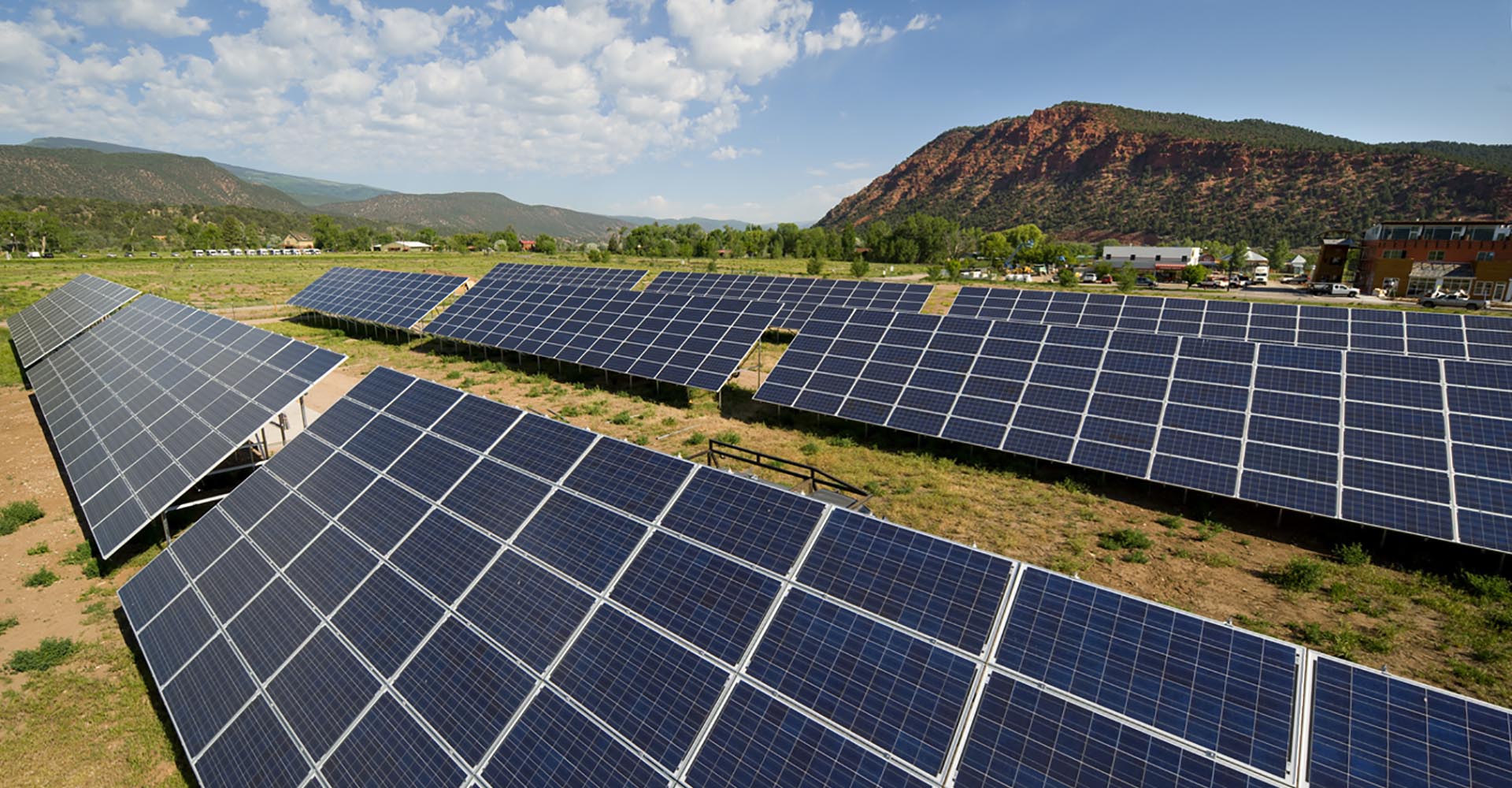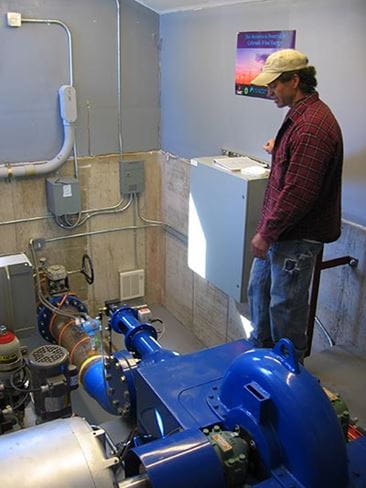
All Right Already! We'll Do Carbon Targets
Although Aspen Skiing Company (ASC) was the first ski resort to measure its carbon footprint and set targets for emissions reduction, we don’t think much of the practice. No need to bore you with the details (read the link for those) but in short, the practice shifts blame away from the businesses responsible for the climate problem (the fossil fuel industry) and also ensures that our carbon-based economy proceeds apace. A focus on carbon footprints has meant that for 30 years, there has been almost no focus on social movements, public policy, citizenship, and voice from the corporate sector—the actions that actually change things in society. Nothing to see here, just the end of the world as you knew it.
So, we protest.

CRMS Solar in Carbondale, CO
And still: there is enormous pressure to measure footprints and have targets, not because they matter, but because everyone’s doing it, and therefore, if you’re not, you look like you’re slacking.
So, it’s no skin off our back to set targets. And it doesn’t hurt to have goals our business segments can strive for, as a way to save energy, money, and model solutions. Just remember: this is not our climate action plan—it’s how we manage our business. It’s not about climate or sustainability, it about business efficiency and role-modeling.
In 2000, ASC set a target of 25% carbon emissions reduction by 2020. We didn’t meet that goal, but we are trending to exceed it in a few years largely due to our work reforming our utility.
Our new stretch target is a 77% reduction by 2030 on a year 2000 baseline.
To achieve this, we’ll have to spend an incremental $5M or so over the next eight years on things like electric vehicles and snowmobiles, electric buildings, and improved maintenance and efficiency. And still, the bulk of our reductions will come from the place they already have—the greening of our utility, Holy Cross Energy.
Why not declare “carbon neutrality,” like some other resorts have, you might ask? The answer is that to do so, we’d have to buy carbon offsets, and study after study show that most offsets don’t permanently remove carbon dioxide from the atmosphere (a tree, for example, stores carbon for a while, but then dies and releases it again) so it’s a temporary solution at best. And buying legitimate offsets would represent a questionable opportunity cost. (For a quick crash course in offset quality, here’s John Oliver’s take.)


